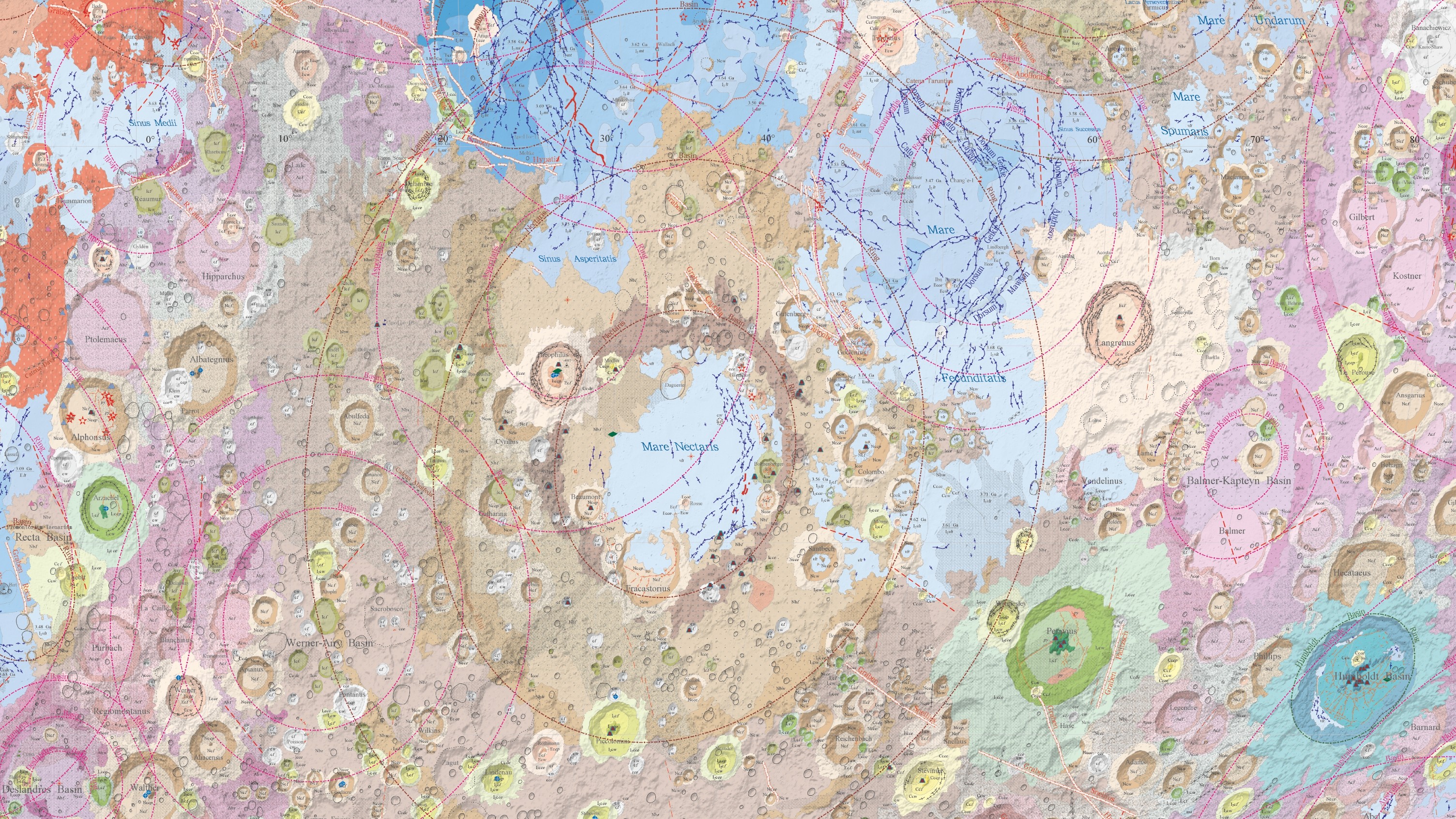JoF, Vol. 9, Pages 649: Novel Antifungals and Aspergillus Section Terrei with Potpourri Susceptibility Profiles to Conventional Antifungals
Journal of Fungi doi: 10.3390/jof9060649
Authors: Roya Vahedi-Shahandashti Jos Houbraken Mike Birch Cornelia Lass-Flörl
The epidemiology of invasive fungal infections (IFIs) is currently changing, driven by aggressive immunosuppressive therapy, leading to an expanded spectrum of patients at risk of IFIs. Aspergillosis is a leading cause of IFIs, which usually affects immunocompromised patients. There are a limited number of antifungal medications available for treating IFIs, and their effectiveness is often hindered by rising resistance rates and practical limitations. Consequently, new antifungals, especially those with novel mechanisms of action, are increasingly required. This study assessed the activity of four novel antifungal agents with different mechanisms of activity, namely, manogepix, rezafungin, ibrexafungerp, and olorofim, against 100 isolates of Aspergillus section Terrei, containing amphotericin-B (AmB)-wildtype/non-wildtype and azole-susceptible/-resistant strains, according to the European Committee on Antimicrobial Susceptibility Testing (EUCAST) method. In general, all tested agents showed potent and consistent activity against the tested isolates, exhibiting geometric mean (GM) and minimum effective concentration (MEC)/minimum inhibitory concentration (MIC) ranges, respectively, as follows: manogepix (0.048 mg/L, 0.032–0.5 mg/L), rezafungin (0.020 mg/L, 0.016–0.5 mg/L), ibrexafungerp (0.071 mg/L, 0.032–2 mg/L), and olorofim (0.008 mg/L, 0.008–0.032 mg/L). In terms of MIC90/MEC90, olorofim had the lowest values (0.008 mg/L), followed by rezafungin (0.032 mg/L), manogepix (0.125 mg/L), and ibrexafungerp (0.25 mg/L). All the antifungals tested demonstrated promising in vitro activity against Aspergillus section Terrei, including A. terreus as well as azole-resistant and AmB-non-wildtype cryptic species.

 10 months ago
19
10 months ago
19


